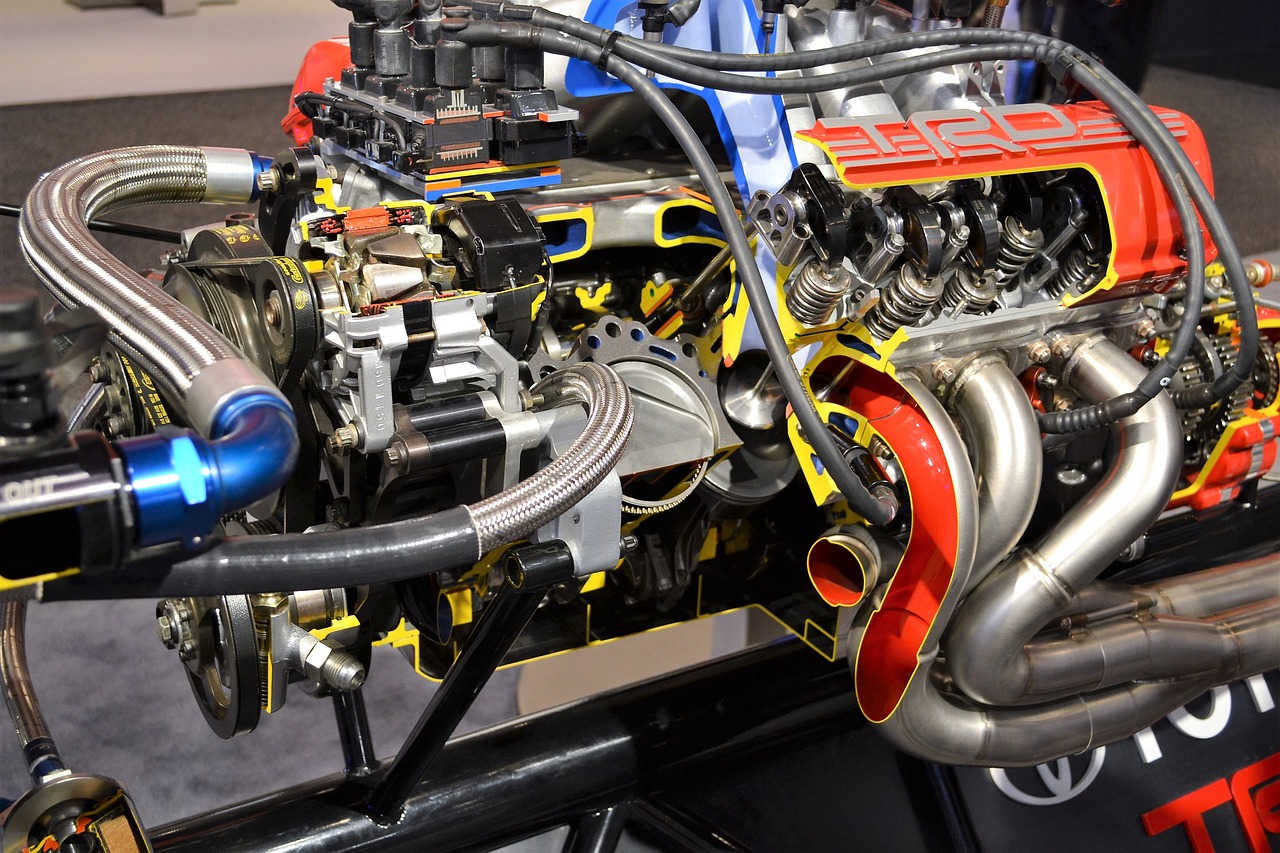Have you ever wondered how a faulty engine mount could throw a wrench in your vehicle’s performance? Well, buckle up! Engine mounts are not just simple rubber pieces; they are the unsung heroes that keep your engine stable and minimize vibrations. When these mounts start to fail, they can wreak havoc on your engine belts. Imagine trying to run a marathon with a shoelace that’s constantly coming undone—frustrating, right? That’s exactly what happens to your belts when the engine mount is compromised.
A defective engine mount can lead to misalignment, causing the belts to wear unevenly and potentially snap. This can result in costly repairs and even leave you stranded. So, keeping an eye on your engine mounts is crucial. Regular inspections can save you from unpleasant surprises down the road. Remember, a little maintenance goes a long way in keeping your belts—and your entire engine—running smoothly!
Understanding Engine Mounts
Engine mounts are essential components in a vehicle, acting like the unsung heroes that hold the engine securely in place. Imagine them as the sturdy foundation of a house, ensuring everything stays stable and vibration-free. These mounts are typically made from rubber and metal, designed to absorb vibrations and shocks from the engine. Without them, your ride would be as smooth as a roller coaster!
There are several types of engine mounts, including hydraulic, solid, and pneumatic mounts. Each type serves a specific purpose, providing varying levels of support and vibration dampening. For instance, hydraulic mounts are filled with fluid to absorb shocks better, while solid mounts are more rigid, offering less flexibility. The choice of engine mount can significantly affect your vehicle’s performance and comfort.
In summary, engine mounts are vital for maintaining vehicle performance and longevity. They not only secure the engine but also contribute to a smoother driving experience. Regular checks can prevent costly repairs down the line. So, next time you’re under the hood, don’t forget to give those mounts a little love!
Impact on Engine Belts
A faulty engine mount can wreak havoc on your vehicle’s engine belts, leading to a cascade of issues that can be both frustrating and costly. When engine mounts are compromised, the engine may shift or vibrate excessively, which can cause misalignment of the belts. This misalignment can lead to uneven wear, reducing the belts’ lifespan significantly. Imagine trying to walk on a path that constantly shifts beneath your feet—this is what your belts experience when the engine isn’t securely mounted.
Additionally, the increased vibrations can cause the belts to slip, leading to poor performance of essential systems like the alternator and power steering. Over time, this can result in a complete failure of the belts, necessitating costly replacements. It’s crucial to understand that the health of your engine mounts directly correlates with the longevity of your belts. Regular maintenance checks can help catch these issues early, saving you from unexpected breakdowns.
In summary, a faulty engine mount affects engine belts in several critical ways:
- Misalignment: Causes uneven wear and tear.
- Increased Vibration: Leads to slipping and reduced efficiency.
- Shortened Lifespan: Ultimately results in premature failure of belts.
Signs of a Problematic Engine Mount
Have you ever felt your car shaking or vibrating more than usual? This could be a sign of a problematic engine mount. Engine mounts are designed to keep your engine securely in place, but when they fail, it can lead to a myriad of issues. One of the most noticeable symptoms is excessive vibration during acceleration or idling. You might also hear strange noises, such as clunks or thuds, especially when shifting gears. These sounds can be alarming, but they are your engine’s way of signaling that something is off.
Additionally, if you notice an increase in engine movement, like tilting or shifting, it’s a clear indicator that the mounts are failing. Visual inspection can also help; look for cracks or wear on the mounts themselves. Don’t ignore these signs! Addressing engine mount issues early can save you from more extensive repairs down the line.
Here’s a quick summary of the key signs to watch for:
- Excessive vibration
- Unusual noises during operation
- Visible wear or cracks on the mounts
- Increased engine movement
Being proactive about these signs can ensure your vehicle runs smoothly and extends the life of your engine components. So, keep an ear out and a keen eye on your engine’s behavior!
Frequently Asked Questions
- Can a faulty engine mount cause belt slippage?
Absolutely! When an engine mount is defective, it can lead to misalignment, causing the belts to slip. This can result in poor performance and potential damage.
- How do I know if my engine mount is failing?
Look out for signs like excessive vibrations, unusual noises, or a noticeable shift in the engine’s position. If you feel like your car is shaking more than usual, it might be time to check your engine mounts!
- What are the consequences of ignoring a faulty engine mount?
Ignoring a faulty engine mount can lead to further damage, not just to the belts but also to the engine itself. Think of it like ignoring a small leak in your roof—it can lead to a much bigger problem!





